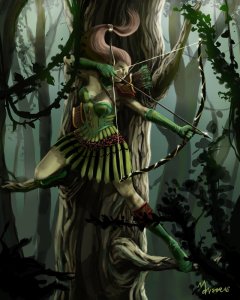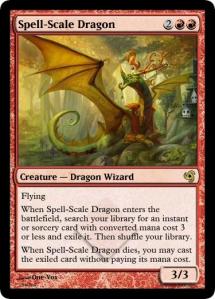Setting
The far future: time travel technology is now commonplace, as well as all sorts of future tech that lets humans move and think at supersonic speeds. Various factions use them all to fight a very confusing war across time and space. Eventually they figure out that the only way to win is to travel as far back in time as possible (which means the invention of time travel, since time machines work like time portals, not like time ships) and secure that first second.
July 1st, 20XX: Dr Brown has build the very first time machine. As a precautionary measure, a powerful explosive is strapped to the device and rigged to blow if any unexpected object comes out of it. Brown turns on the machine. In the single second between the opening of the time portal and the room’s utter annihilation, far future warriors jump out and fight each other, using future tech and time-travel tricks. There can be only one survivor.
Gameplay overview
Okay, this is about time travel so it’s going to get confusing. Here’s a (very very early work-in-progress) mockup of the board, maybe it’ll help:
Continue reading →





